After three days of exhibition with many new features, the The smarter E Europe received approximately 110 thousand industry professionals from 176 countries, beating record in the number of participants.
The event also reached other milestones. In total, they were 19 exhibition rooms is external area of 206 thousand square meters, in addition to 3,008 exhibitors from 55 countries.
To the conferences and side events also broke some records this year as they attracted more than 2,500 participants from all over the world. The next edition of The smarter E Europe will be from May 7th to 9th, 2025, bringing together Intersolar Europe, ees Europe, Power2Drive Europe and EM-Power Europe.
See the news that Solar Channel checked out on the last day of the exhibition.
Car hood with solar cells
Fraunhofer ISE (Fraunhofer Institute for Solar Energy Systems) presented a prototype of a car hood with solar panels integrated into its surface.
The great innovation is in the 3D lamination process, which allows photovoltaic cells to be molded into curved surfaces, adapting perfectly to automotive design.
To the Solar Channel, Fraunhofer researchers explained that the central idea of this technology is not to completely replace conventional electrical recharges, but rather to provide an additional charge while the vehicle is in motion or parked under the sun.
Currently, one of the biggest challenges for electric vehicles is recharging time and the availability of charging points. With solar cells on the hood or roof, vehicles could extend their range, offering drivers more flexibility and energy efficiency.
In an interview with Solar Channel, one of the researchers said that large automakers such as Audi, BMW and Mercedes are interested in exploring this technology.
In his assessment, this technology has the potential to be more than just a curiosity; may become a practical and widely adopted solution in the future.
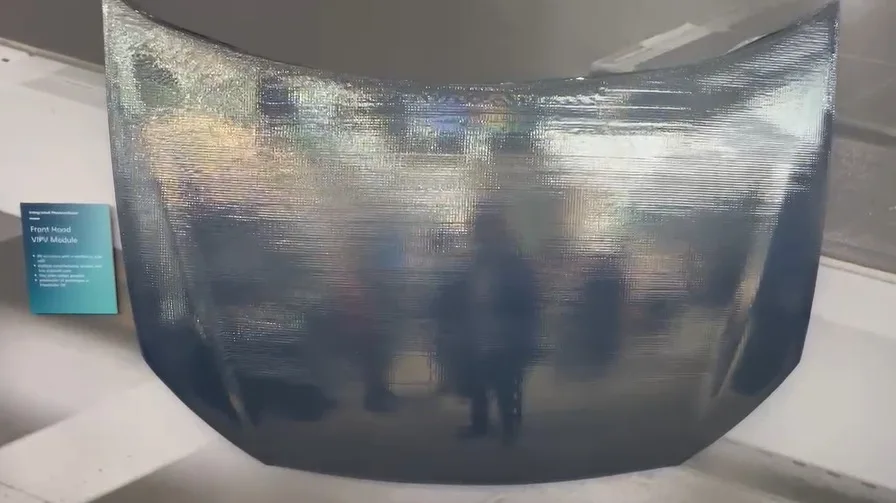
Inverters for GC plants
Another highlight at the Fraunhofer ISE stand, which was presented by the company's engineer, is the medium voltage inverter, aimed at centralized generation plants. What would it be?
Currently, the inverters used in these projects work with a voltage on the AC side of 800 V. This architecture that they are proposing, which is still being studied in the laboratory, works with 1,500 V AC – which would reduce cabling losses and mainly reduce the thickness of the cables. alternating current cables.
Furthermore, she stated that the tracks on the board as a whole would also decrease, which means that the machine is more compact, heats up less in design and is able to use less forced ventilation.
On the other side of the bill, there are things that will be added. First, the switches will have to work with higher voltages, so they have to be stronger components. Regarding circuit breakers, fuses, everything that will be connected to the AC part will have to be for 1,500 V.
The company also said that there is no manufacturer specifically looking at this solution, but they believe that as they introduce field tests and results appear, it could be a trend.
O Solar Channel he also questioned regarding the standards. Currently, the market works with NBR 5410, which goes up to 1,000 V AC. If professionals start working with 1500 V AC, another standard for medium voltage would have to be created, which makes the project more complicated.
The engineer said that there is a movement to create a new standard between low and medium voltage. In this case, it would be an intermediary.
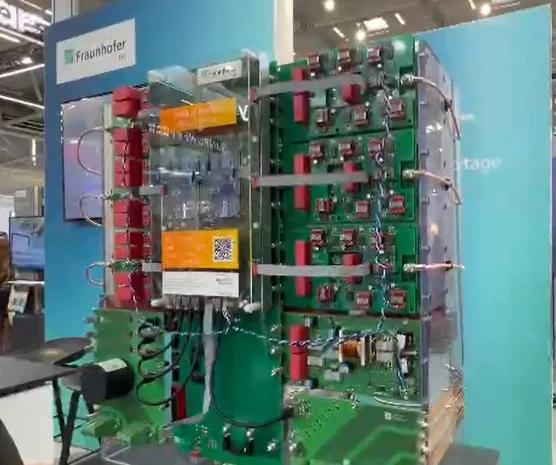
GoodWe launches microinverter and three-phase inverter
Manufacturer GoodWe presented its new microinverter with a power of up to 2 kW. According to the company, one of the great advantages of this product is its intelligent WiFi communication system, in addition to being possible to connect four microinverters to each trunk cable.
This system allows the microinverter closest to the consumer's home router to automatically configure itself as the “master” of the network, communicating efficiently with other microinverters and making communication more robust and reliable.
In addition to the microinverter, GoodWe launched a three-phase hybrid inverter using high-voltage batteries. The manufacturer also showcased its high-voltage batteries, where each battery pack has a capacity of 5 kWh and can be stacked in parallel, allowing for easy system expansion.
To the Solar Channel, the company commented that an advantage of the new three-phase inverter is the DC coupling configuration, where the photovoltaic modules and batteries share the same direct current bus.
This allows excess energy to be stored in the batteries and used to charge any type of load during the night, increasing the system's efficiency.
GoodWe's new three-phase hybrid inverter is scheduled to be launched on the Brazilian market soon, bringing with it these innovations that promise to further optimize the use of solar energy in the country.
Another new feature from the company is the communication between the inverter and its vehicle charger, providing efficient recharging for electric vehicles. This feature is useful for increasing the simultaneity factor and avoiding the injection of excess energy into the grid, allowing electric vehicles to be charged during periods of increased solar energy generation.
Fronius displays 12 kW hybrid inverter
Keeping an eye on the behavior of the photovoltaic sector in Germany and growing opportunities, such as the trend towards larger systems, Fronius has created the 12 kW hybrid inverter and is exhibiting it at Intersolar Munich. Other products from the company are new switch boxes for emergency power and new devices for the C&I sector.
Solinteg launches inverters and closes partnerships
The last day of Intersolar Europe was marked by intense movement at the Solinteg stand. Among the manufacturer's highlights is the launch of the HSH-3~5kW, which stood out for its high efficiency integration. Furthermore, the company presented its series of hybrid inverters, the Integ M Series 2nd Gen Hybrid Inverter.
Another product that caught attention was the AC EV charger which, according to the company, was widely praised for its smart and convenient design. According to the company, the charger promises to make life easier for electric vehicle users, offering a practical and efficient solution for daily recharging needs.
The company also announced a strategic partnership with TÜV Rheinland, one of the world's leading certification and inspection companies. The partnership signing ceremony was one of the highlights of the first day.
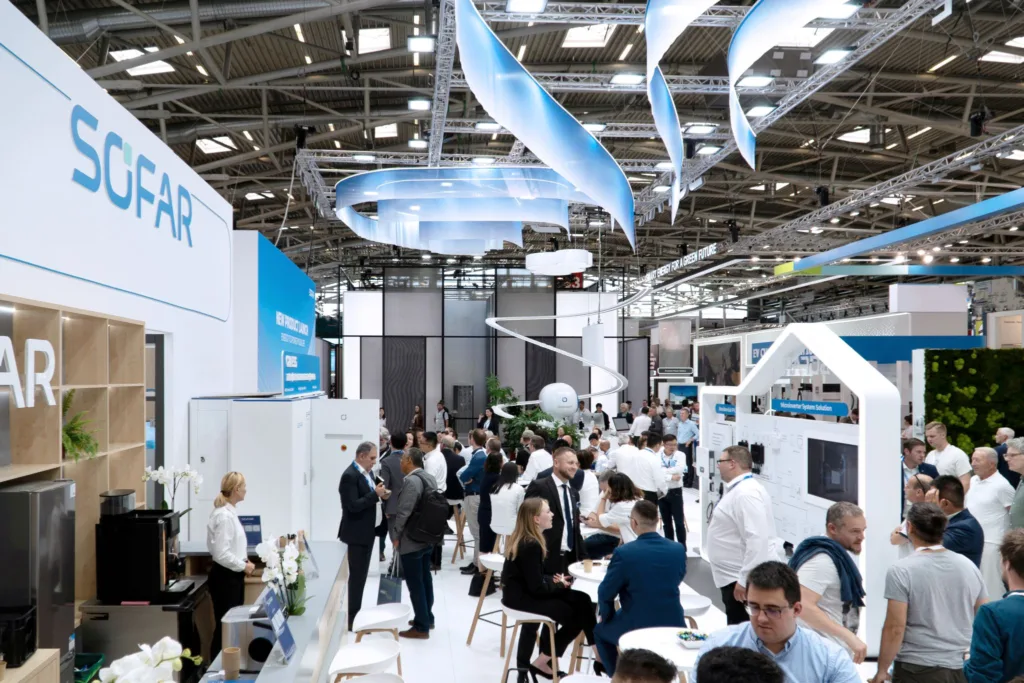
Huawei displays solutions for different application scenarios
Huawei Digital Power showcased its next-generation FusionSolar Smart PV+ESS solutions in all scenarios at Intersolar Europe 2024. Occupying a large area at Intersolar Europe, the company showcased solutions for utility, ESS, C&I and residential scenarios.
According to the company, the Huawei FusionSolar C&I OASIS solution is a complete solution that integrates inverters, battery and chargers to help various industries become green and low-carbon, providing system-level active security and stronger power supply capabilities. green energy and power grid support.
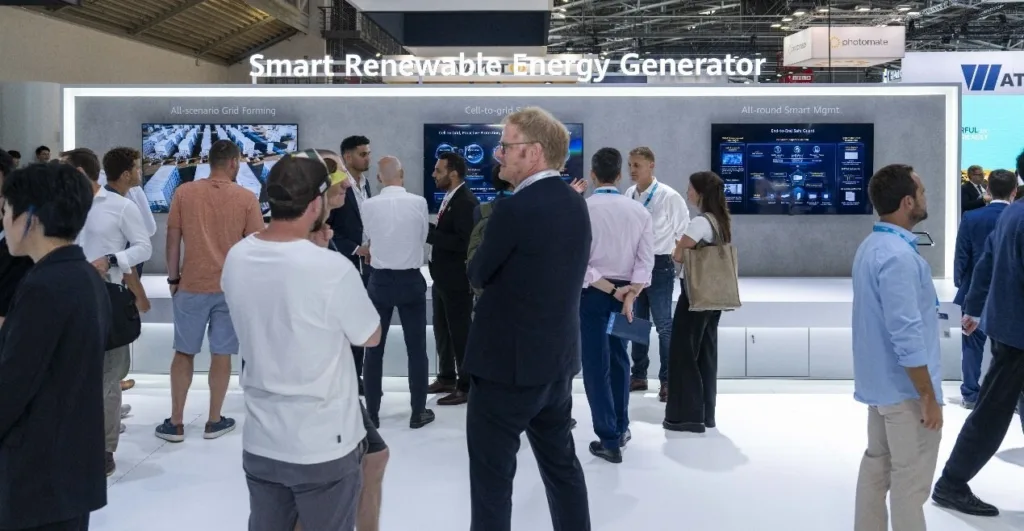
PV Combiner Box and Weather Station
Weidmüller exhibited its PV Combiner Box for centralized generation projects at the event. The product is based on a standardized design with printed circuit board.
Furthermore, it has integrated PUSH IN technology – which reduces assembly time and minimizes the risk of errors and their consequences, without the need for crimping and/or maintenance tools. In fact, the first purchase order was made for Brazil – which shows the protagonism of the Brazilian market.
Another highlight was the PV Weather Station – a photovoltaic weather box that provides information on all important weather parameters. Values such as temperature, irradiance, wind speed and direction, precipitation, relative humidity and much more can be permanently recorded.
Certified enclosures are equipped according to customer-specific requirements such as environmental, electrical and data transmission conditions. They are ready for immediate use, extremely robust and protected against all weather influences.
According to Mauro Sirtoli, Renewable Energy Manager at Weidmüller, in addition to providing the weather station solution for the plant, as required, a functionality was added where it is possible to have a micro ladder for DG (distributed generation) plants.
Check out an explanatory video he made below on how to monitor the plant to gain revenue.
Cable routing clips and grounding clips
ARaymond was also present at Intersolar and displayed its equipment portfolio. Among the highlights was the cable routing clips, with rolled edges that prevent damage to cables during routing, barbed design for instant installation and reduced galvanic couple with aluminum. It can also be mounted on the edge of the module structure or on structures with a thickness between 0.7 mm and 4 mm.
Another highlight was the ground clip – Rayvolt® grounding clip that guarantees conductivity between aluminum structures and covered electrical cables. The solution can accommodate aluminum frame thicknesses from 1.5 mm to 2.5 mm and flexible multifilament cables with diameters from 6 mm² (h07v-k6 mm²).
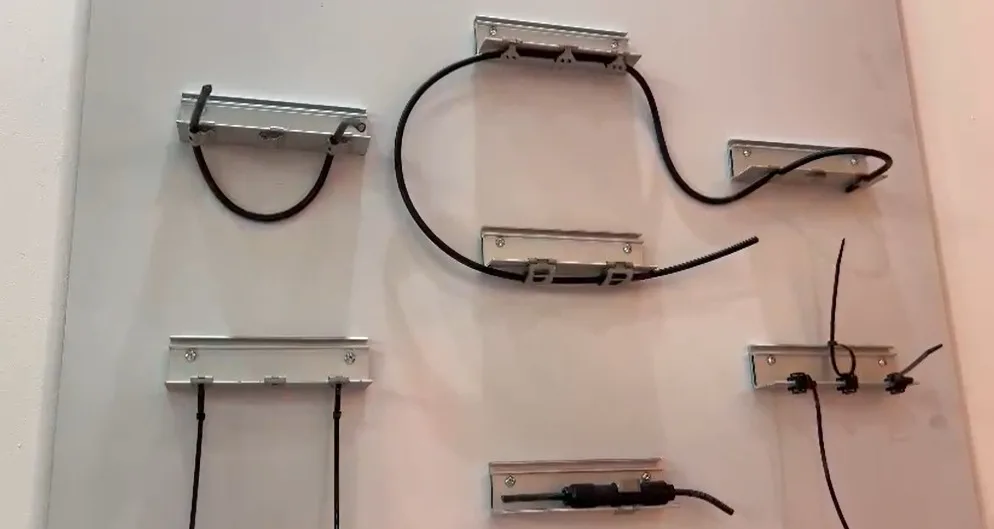
Storage and agrovoltaic solutions
During Intersolar Europe 2024, JinkoSolar, one of the world's largest solar panel manufacturers, launched Jinko Solar Denmark – which will begin supplying high voltage residential storage solutions to SolarToday, covering the DACH and Benelux regions from June 2024.
Frank Niendorf, Vice President of Europe at Jinko Solar, highlighted: “With the distributed generation market expanding in Europe, our partnership with SolarToday will strengthen our growth ambitions in the photovoltaic and energy storage markets.”
Another device for residential applications is Pylon Tech's 15 kWh all-in-one solution. In total, each battery pack has 5 kWh, and the company stated that it is possible to stack up to seven battery modules.
Also present at the fair was Sofar, which presented its ESS (Energy Storage System) solution for C&I applications (commercial and industrial).
BayWa re was another company that showcased its product portfolio. At the stand, they highlighted battery storage solutions, even in combination with Floating-PV technology, to improve the integration of renewable energy.
Furthermore, they showcased the AgriPV solution – emphasizing the ecological and economic benefits for farmers and the potential of combining agriculture with solar energy – as well as presenting the Cow-PV floating plant solution.
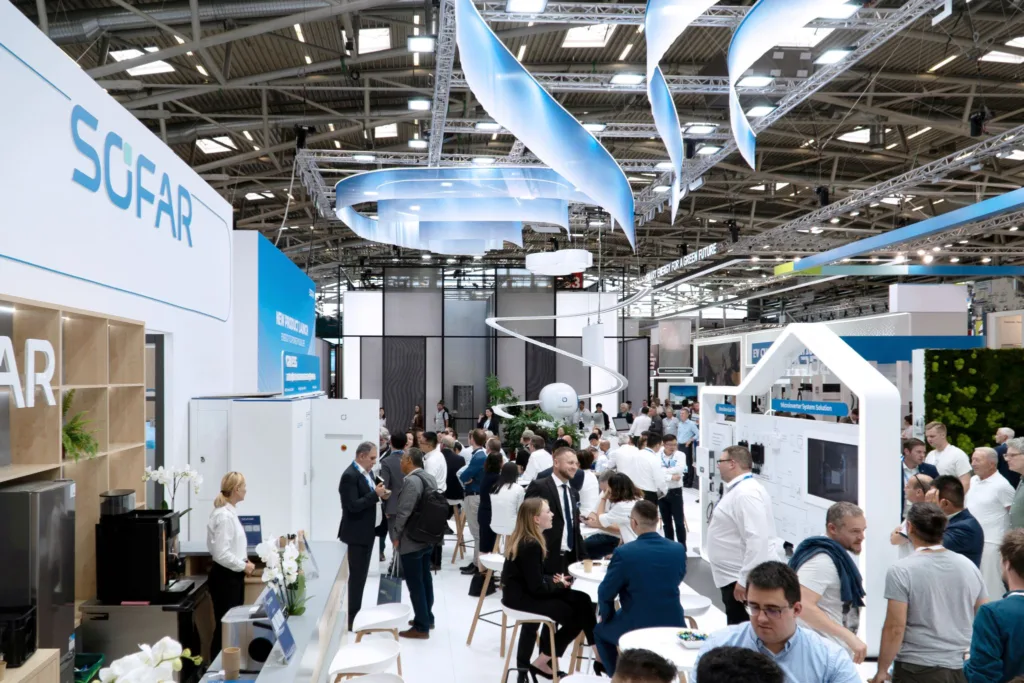
Portable battery for balcony and PV fences
The startup Sunbooster presented a portable solar storage solution for balconies at Intersolar Munich and claims that this product meets consumer requirements.
As it is portable, it can be used, for example, by campers who can use the 2,131 Wh battery. In addition to the portable battery, the startup also presented a vertical photovoltaic solution for fences, with dimensions corresponding to those used in Germany, Switzerland and Austria.
Laminated TOPCon and tandem modules
During the fair, Tenka Solar launched a tandem module with a laminated design. The panel has a TOPCon (tunnel oxide) layer and an organic photovoltaic layer, laminated by a glass front sheet.
The module efficiency is 29% and the maximum power is 1,000 W for residential applications. The panels will be produced in Italy, but the company also has an 8 GW TOPCon cell factory in China.
Initially, the company intends to manufacture 2 GW of tandem modules per year. The panels will have three sizes and can be used in homes, businesses and for ground mounting.
Qn-Solar exhibited its equipment portfolio during Intersolar Munich. Among the highlights listed by the company were panels such as TOPCon, PERC and HJT (heterojunction) technology.
Product for transporting dangerous loads, such as battery modules
Thinking about the growing battery market and goods considered dangerous, Denios created PyroBubbles, which are small balls with technology to secure goods when transported.
To illustrate, we can cite the example of Styrofoam. However, this product is intended to protect shipping boxes against heat. Furthermore, it also ensures that gases are filtered and rendered harmless.
All content on Canal Solar is protected by copyright law, and partial or total reproduction of this site in any medium is expressly prohibited. If you are interested in collaborating or reusing some of our material, we ask that you contact us via email: [email protected].

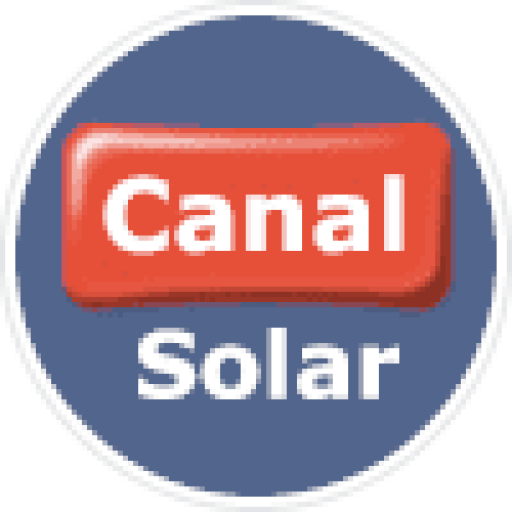


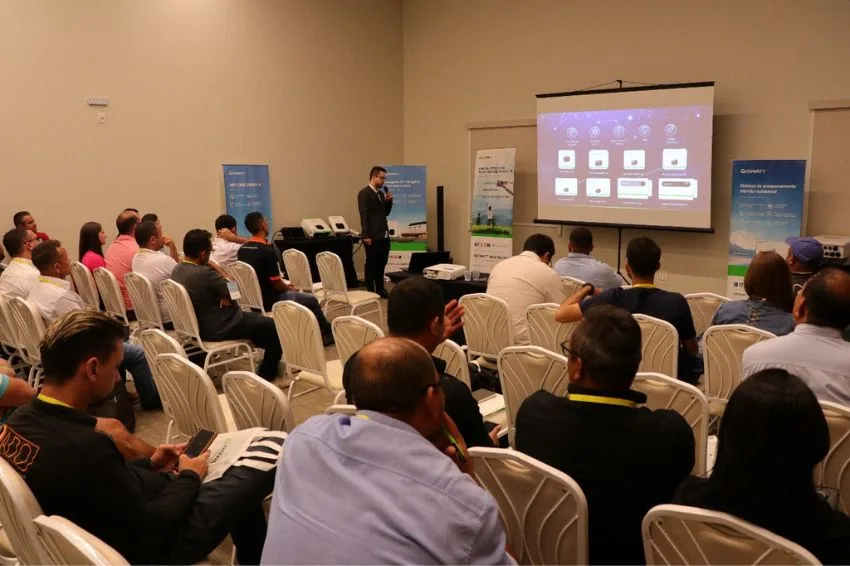

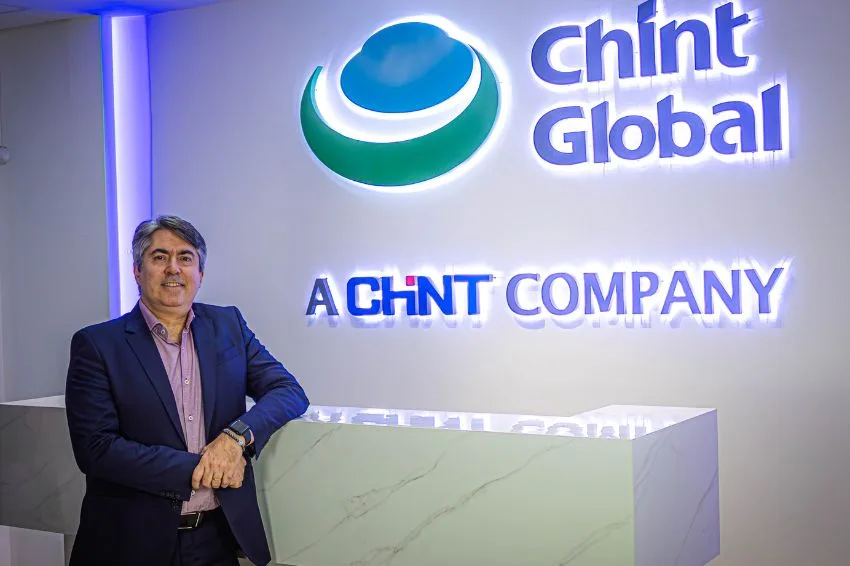

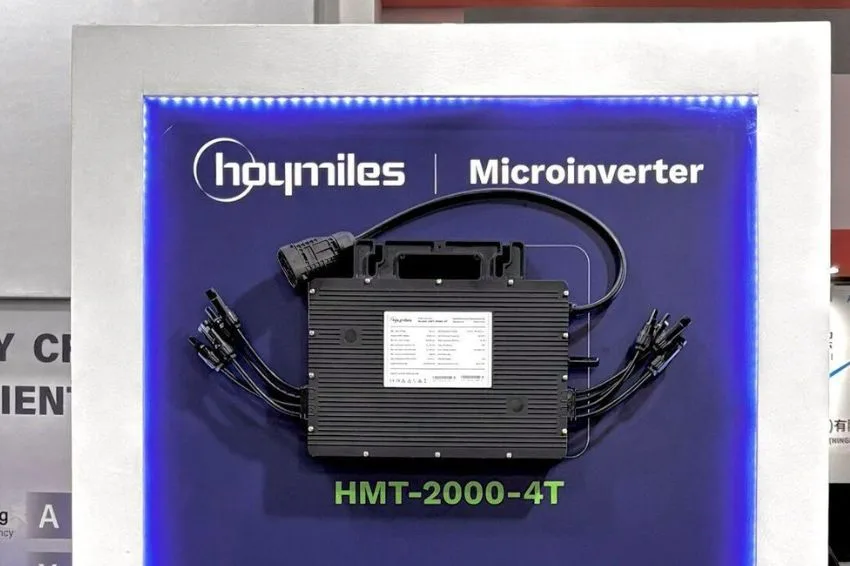
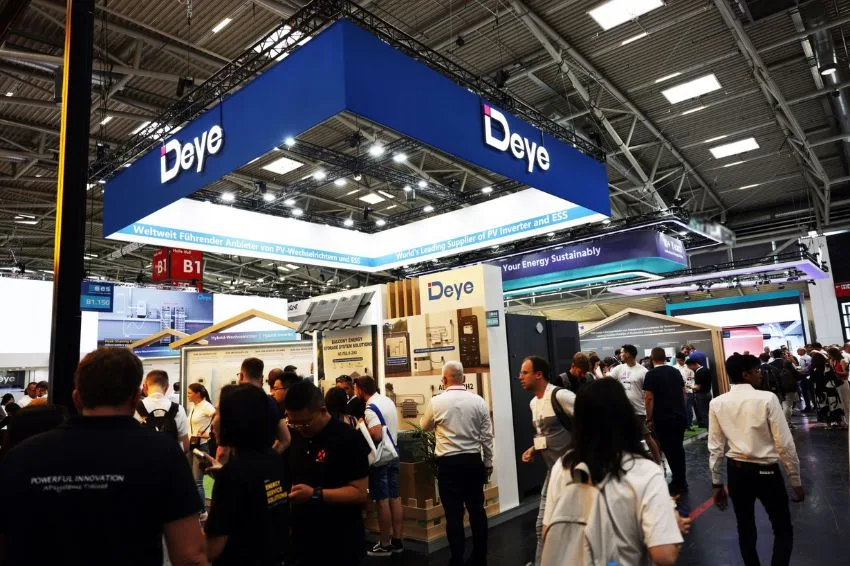







One Response
Good morning,
Regarding the article “Inverters for GC plants”, I found it quite interesting and a welcome solution.
I would like to comment that, unlike what was discussed in the article, ABNT already has a technical standard for Electrical Installations in Medium Voltage ac being defined for voltages above 1kV in ac It is the ABNT NBR 14039 standard. Therefore, there would be no need to create an “intermediate band above ABNT NBR 5410 and ABNT NBR 14039.